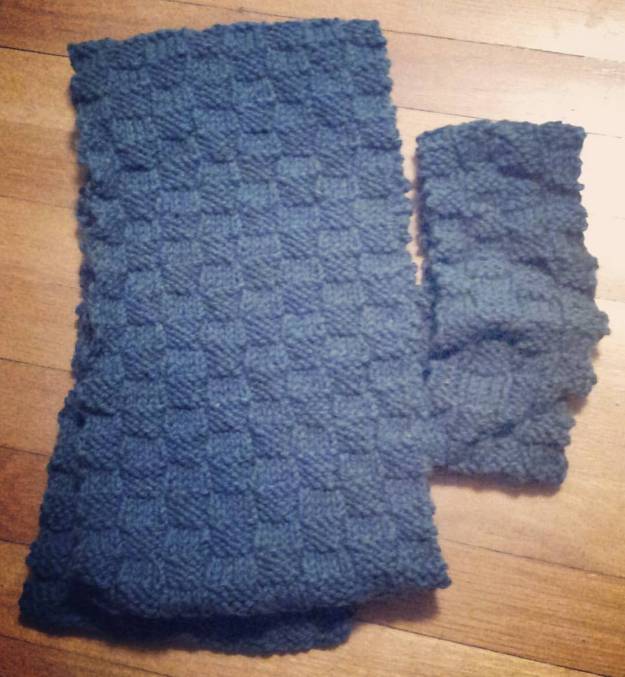For the past few months, I’ve been throwing away and donating clothes and household items that I no longer use. I’m beginning a new era of my life, and so suddenly a lot of things feel like garbage. While this is a normal process to go through every year or two, there was a certain frantic emotional energy to my process—like a “Hey, shit that I don’t want, get the fuck out of my life” kind of energy. And I’m not done yet either.
In this process, I also reorganized this kitchen cupboards. Which is where I found an enormous can of pumpkin puree. Bygone plans for making a pumpkin pie a few years back, I guess. The can was nearly expired (sounds delicious, doesn’t it?!), and so I decided to make pumpkin muffins, which I’d never done before. And, I’m not going to lie. I don’t love pumpkin. Or squash or sweet potatoes, but I took one look at that can of pumpkin puree, and my body said yes. Maybe it was just saying yes to the Vitamin A. Warning: these muffins turn out sort of…sticky. I used a lot of pumpkin puree (for the Vitamin A). Maybe you want to use less. Maybe you don’t want to make these at all.
I have to make my own recipes because, in a breakfast muffin, I pretty much just want palatable high fat, high fiber, and high protein, with enough gluten (or equivalent) to hold it all together. Other recipes use way too much of sugar and only dollop of the good stuff (walnuts, flax seeds, pumpkin, etc.), and so I have to make my own goddamn recipes my own goddamn self.
Here’s what I did:
Pumpkin, Flax & Walnut Muffins
Preheat oven at 350. Mix together dryish ingredients. Mix wet ingredients separately. Then, combine the two. Lastly, fold in walnuts ingredients. Spoon dough into muffin tin. Bake at 350 for about 25+ minutes or until done. (Insert and remove toothpick. Muffins are done when the toothpick comes out clean.) Let cool for 15 min. This recipe made about 16 large muffins, weighing in at something like 212 calories apiece.
Dry ingredients:
1½ cup gluten-free flour blend
1½ cup oats
1 cup shredded flax
¼ cup flax seeds
1 teaspoon of baking soda
½ teaspoon cinnamon
½ teaspoon of fine sea salt
Lightly sprinkle in ground ginger and ground cloves, cardamom, ginger, and nutmeg to taste.
Wet ingredients:
2 cups pumpkin puree
1 large egg
½ cup sugar
½ cup of brown sugar
½ cup vegetable oil or butter
1 teaspoon vanilla extract
Chunky ingredients:
1½ cups walnuts
Enjoy!






